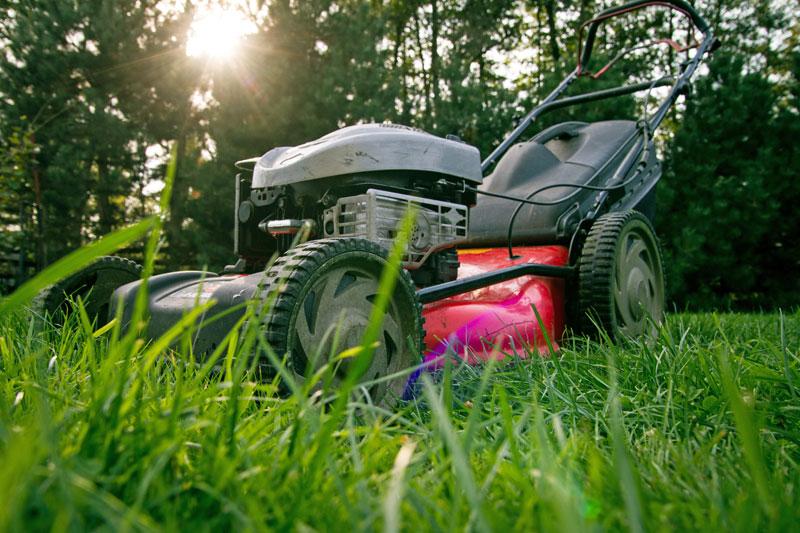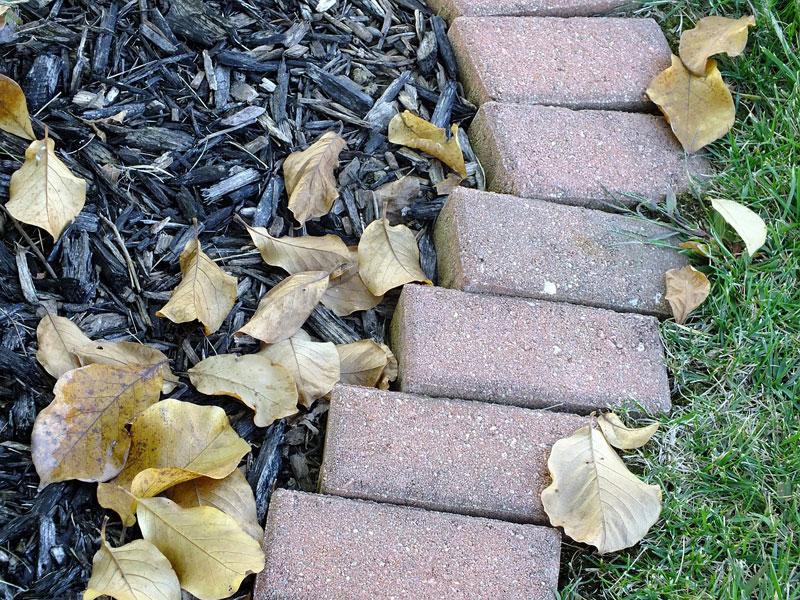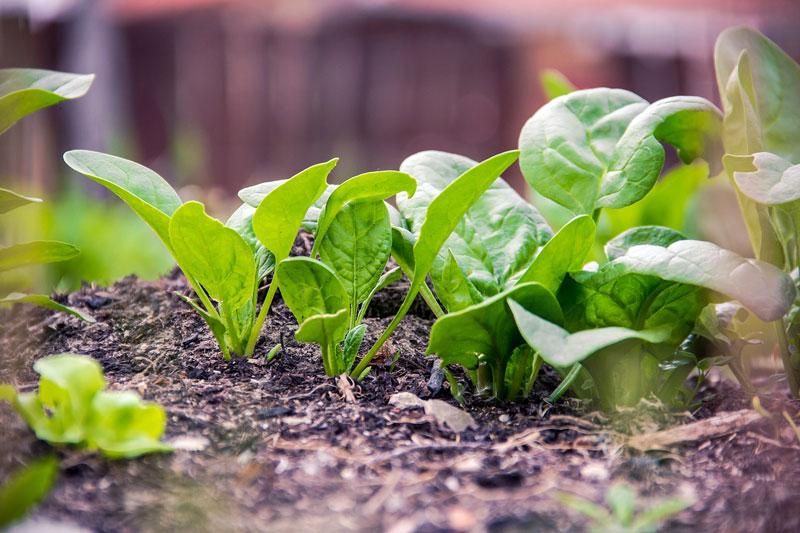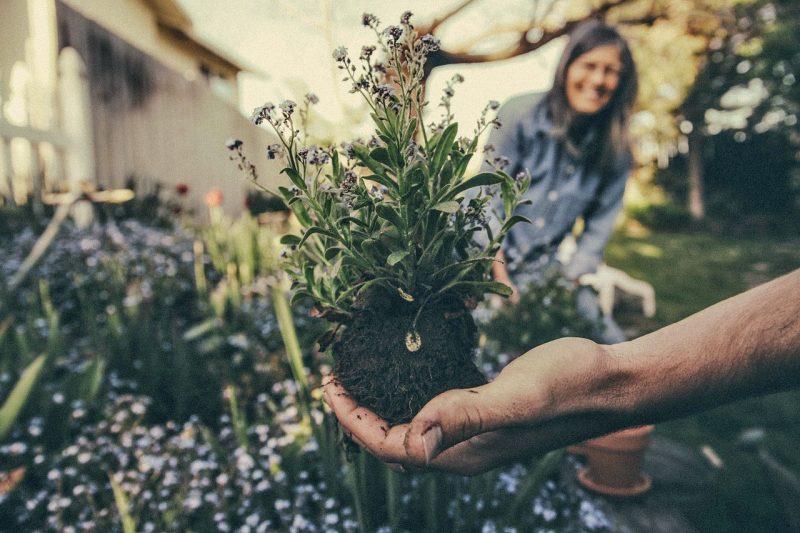If you believe that fall means an end to gardening, you are wrong. There is still so much to do before the first frost, especially if you live in a mild climate. Even though fall gardening tips mostly include clean up and preparing the soil for the next season, you can plant bulbs of spring bloomers, shrubs, and fruit trees, too. With proper garden maintenance in the fall, you will have more spare time and a lovely garden in the spring, and spend a joyful winter.
It’s cleaning time
Well before the freeze warning in the forecast, you should take time to harvest the remaining crop in your garden and remove the plants. You’re likely familiar with the benefits of home-made compost so take great care of what you put inside it. Only healthy plants should be composted. Those plants that suffered any insect or pest problems or plant disease should be discarded. This is because fungal diseases can overwinter in dead leaves and spread in the compost.
Once you remove dead or spent plants, dig up delicate bulbs, bring them in, and keep them inside. Also, move any sensitive plants indoors during winter to protect them from the cold. Continue the clean up of your summer garden by pulling and removing weeds and raking plant debris and leaves. Also, note that a mix of mowed grass and fallen leaves will make a good cover for your garden in the wintertime. So, once you mow your lawn and rake the leaves, put them aside to wait until you till your garden.

To till or not to till?
That is the question. Is it better to break up clumps of hardened soil or leave them undisturbed? Opinions are divided on this matter. Those opposed of tilling are right when they say that it damages the soil structure. Such soil is sensitive to runoff during heavy rains in the fall, which is can induce erosion. Organic matter better left near the surface is placed deeper down due to tilling, which slows its decomposition. Tilling will disturb the earthworm’s environment as well as fungi and bacteria in the soil. However, all of this only happens due to over-tilling. Till once a year and your garden will maintain a perfect balance of soil structure and beneficial soil life.
Fall tilling has a few advantages over spring tilling. Firstly, if roughly tilled in the fall, the soil will better hold snow, resulting in improved soil moisture levels. Secondly, you will have an easier job in the early spring, planting directly in the tilled soil. If the spring is too wet, tilling and planting are going to be difficult. Ideally, you will till your clean garden in the fall and then cover it with mulch. To properly till your garden:
- remove any cover plants and weeds
- till the soil a few days later
- apply mulch generously after a week.

Mulching and cover crops
Mulching several days after tilling allows tilled weeds to dry out. One of the key fall gardening tips and a thing you should avoid is fertilizing the soil after tilling. Fertilizing should wait until spring when you start your veggie garden, or even early summer. In the meantime, you can choose between applying a thick layer of mulch or planting cover crops. Both will help prevent drying out of the soil, suppress weed growth, and protect soil from heavy rainfall. Except that cover crops like red clover also help you manage nitrogen levels in the soil and mulch will add organic matter enriching the soil for the spring planting.
Mulch is also a perfect habitat for various pests seeking cover during the cold winter days. Hence, one of the key fall gardening tips regarding mulching is to wait until the first frost to spread it, making pests look for a warm home away from your garden. Another good tip, this time regarding cover crops, is to plant them densely and cut them before they flower and form seeds.
What to plant in the fall?
With cleaning and tilling behind you, you can start planting your fall garden. If you prefer to leave it empty over winter, spread a thick layer of mulch of at least 3 inches. There are quite a few plants that can endure cold winters. However, if the weather turns frosty, you can always throw some protection cover over the plants. Some of the plants you can choose from include:
- spring bulbs, shrubs, fruit trees
- onions, spring onions, and garlic
- peas and broad beans
- carrots
- perpetual spinach and winter salads
- permanent asparagus

It is up to you to decide which variety to plant this fall. Some fast-growing varieties can be ready for harvest later in the fall and during winter, while others will wait for spring and even mid-summer. Should the winter turn too cold, even for these durable plants, be prepared to cover them overnight; any fabric cover will do. To avoid daily covering, you can make tunnels out of transparent plastic, covering plants day and night. Just make sure to leave openings in the ends to allow airflow and ensure it doesn’t get too hot under the covering.
A few bonus fall gardening tips
Fall gardening is not only about the garden and plants; getting your gardening tools ready for the next season is equally important. Preparing your tools for the winter sleep starts with emptying your water hose and putting it untangled in a shed or another dry place. Clean your gardening tools and store them away indoors to avoid rust. Also, don’t forget to store and label this season’s seeds. Finally, hit the stores to resupply for the next gardening season at a discount.
Author’s bio:
Marie Banks is a manager in tourism, a green thumb, and a mom. In her spare time, she’s writing for Dynamic Movers and several other media outlets as a freelance blogger.
Photos used:
Plant in Hand
Bricks and Mulch
Perpetual Spinach
Lawn Mower
